The take foul has been a very annoying part of the NBA game. It has been an example of how teams have been able to take advantage of existing NBA rules, while slowing down the game and often stopping exciting plays from happening.
Because it’s not a clear path foul, or a flagrant, teams have been taking advantages of take fouls to mainly stop fast breaks, and the only penalty (assuming they don’t already have four team fouls), is that play stops and the offensive team keeps possession.
It’s a stupid foul because it’s most often used to stop fast break situations, which can rob us of extra chances to see the league’s stars run down the floor and finish with monster dunks or transition threes.
Well, the powers that be at the NBA have finally listened and have decided to make it much more punishing to commit this particular type of foul.
Here’s how the rules are going to change, in the NBA’s own words.
Beginning with the 2022-23 NBA season, the penalty for committing a take foul (a foul in which the defender does not make a play on the ball) to stop a transition scoring opportunity (which exists when, following a change in possession, the offensive team is continuously advancing the ball while it has an advantage based on the speed of the play, the position of the defenders or both) will be as follows:
- The offensive team will be awarded one free throw, which may be attempted by any player on the offensive team in the game at the time that the foul is committed.
- The offensive team will retain possession of the ball.
- The defensive player who commits the take foul will be assessed a common personal foul.
There’s some additional nuances as well.
- If the take foul happens immediately after possession changes, but before the offensive team even has a chance to advance the ball, the new stiffer penalty will also apply. This is designed to stop defenders from preventing the offensive team from even generating a transition scoring opportunity.
- A foul committed against any offensive player, not just the person with the ball, will satisfy the definition of the take foul if other criteria for judging a take foul are met. This will stop the defensive team from beating the rule by fouling someone without the ball.
- If the offensive player is fouled in the act of shooting, it will be called a regular shooting foul.
- Take fouls will be allowed without the new penalties in a specific situation: the last two minutes of the fourth quarter and the last two minutes of any overtime period.

Unsurprisingly, the announcement of the new rule change has been met with celebration by fans and pundits alike.
Of course, there are some skeptics, because we haven’t actually seen how the new rules will play out, and because it will certainly take the referees time to get the new rules to become second nature to them.
However, I think this is certainly a step in the right direction. I think it’s all right if there’s some leeway given for players who make something that at least looks like an attempt to touch the ball, instead of just grabbing the shoulder of the player with possession during a fast break.
It’s also excellent that defenders can’t just grab someone else who doesn’t have the ball to the stop a transition attempt. There’s only one way I would describe that particular type of defensive play:
The new rules should do wonders for how the game flows for the first 46 minutes. I’m also not too concerned about them allowing take fouls in the last two minutes of a game, because those situations will usually mean that the game is close. Allowing NBA players and coaches to approach those crucial minutes like they have for their entire lives is fine by me.
I’m excited to see how this all plays out. It’s probably not going to executed properly by the refs for the first few months, but the alternative, which is not making any changes on this particularly stupid type of foul, is a far worse outcome.

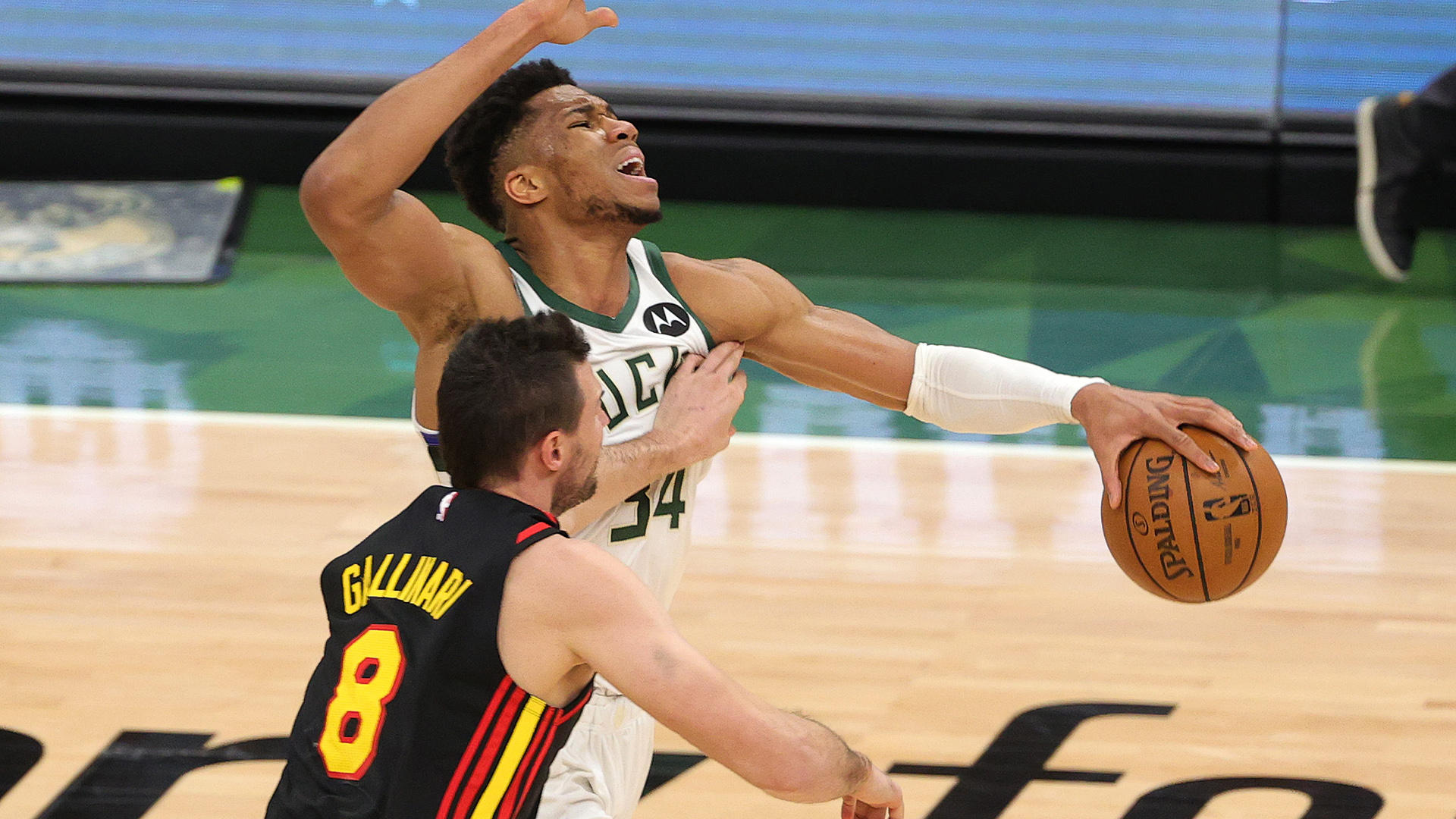

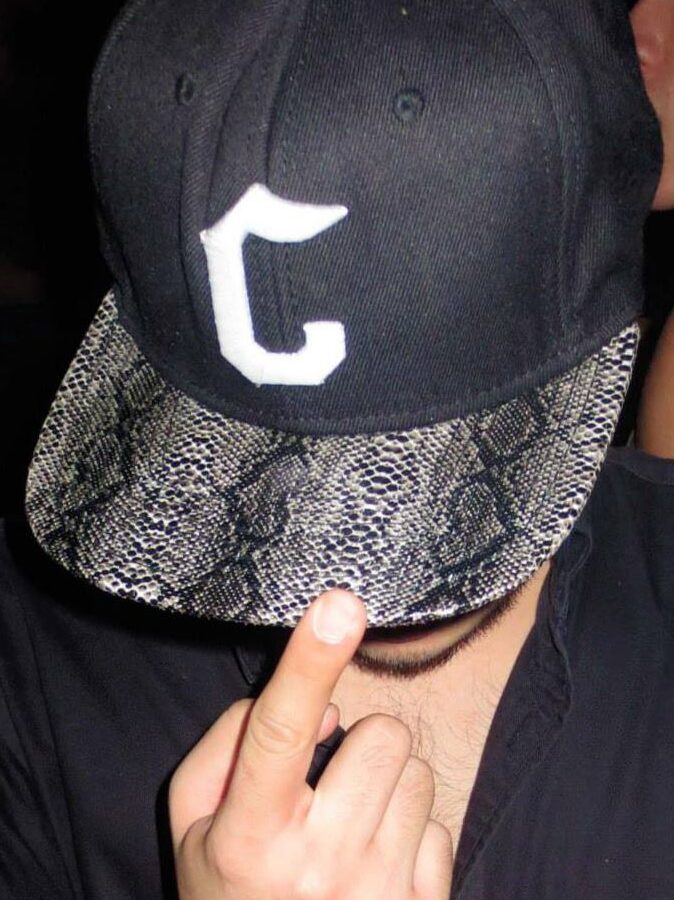






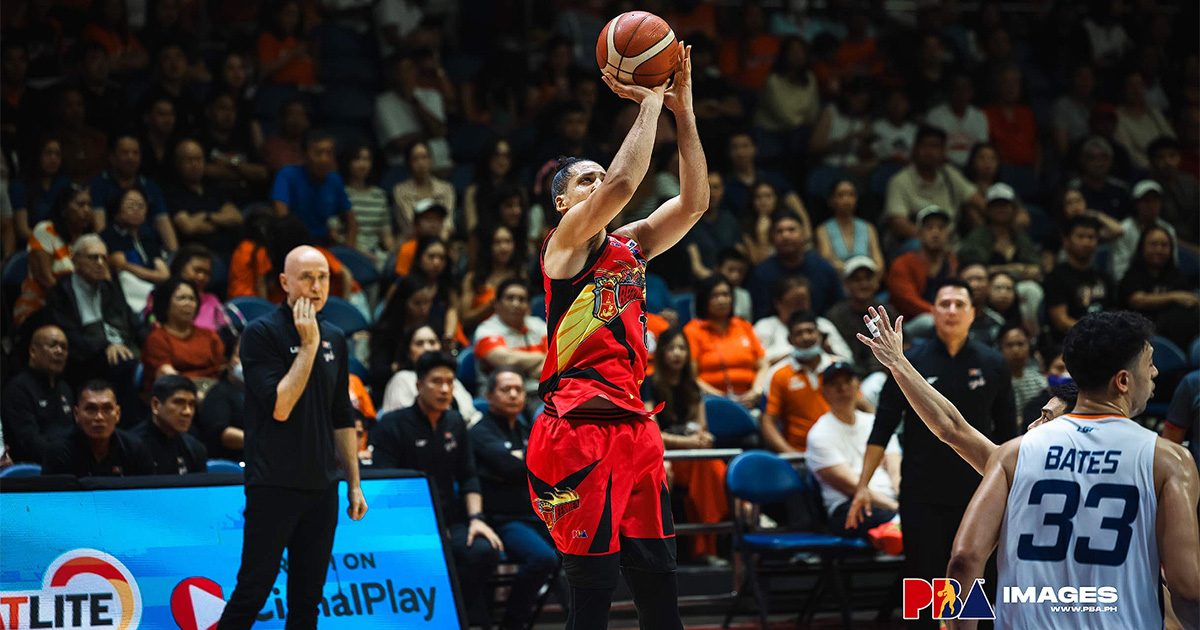


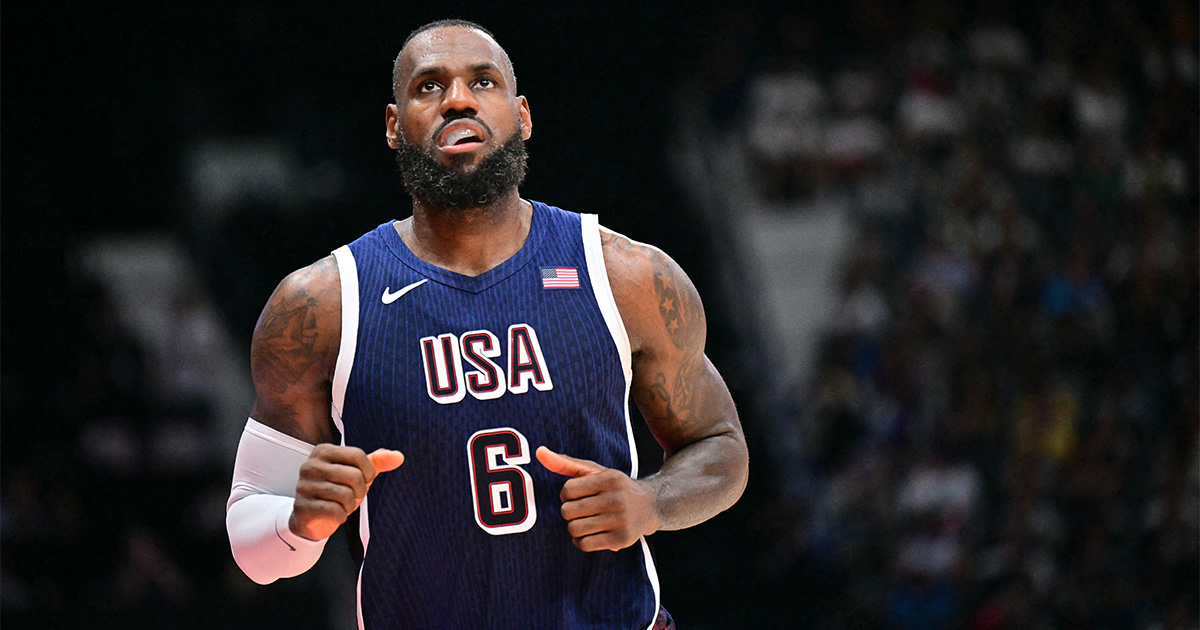

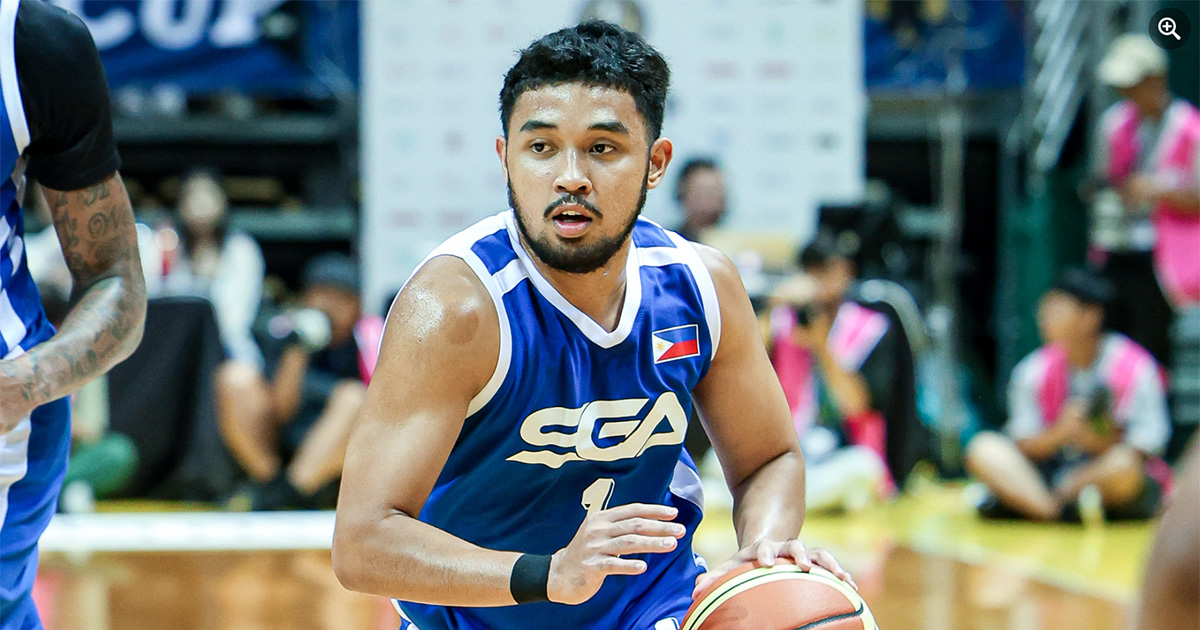
nimabi
open binance account